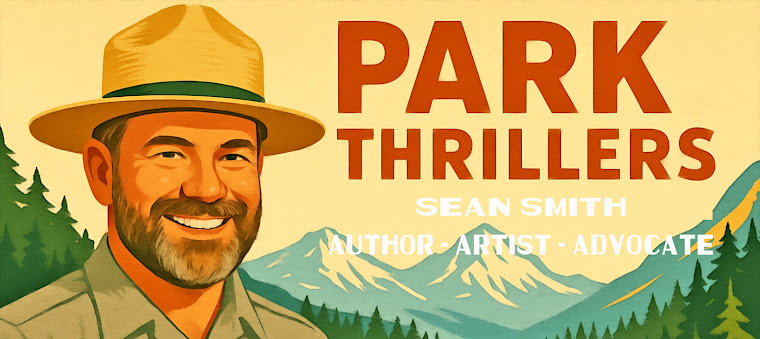 |
| NPS/Neal Herbert |
The linked article sheds light on the alarming trend of overcrowding in U.S. National Parks, a phenomenon that persisted even during the challenges posed by the pandemic. Despite restrictions and safety measures, the allure of the great outdoors proved irresistible to an unprecedented number of visitors. The overwhelming footfall is leading to adverse consequences, such as environmental degradation, strain on park facilities, and the erosion of the natural experience for visitors. To safeguard these invaluable ecosystems, it is crucial to address the issue of overcrowding head-on.
Suggested Solutions to Limit Crowd Sizes
1. Establish Carrying Capacities: One of the most effective methods to manage overcrowding is to establish visitation carrying capacities for each park. By determining the maximum number of visitors a park can sustain without harming its delicate ecosystems, the National Park Service can strike a balance between accessibility and preservation. Carrying capacities can be reviewed periodically and adjusted based on the ecological health and changing visitor patterns.
2. Advanced Reservations with Time Slots: To ensure a controlled flow of visitors, implementing an advanced reservation system with designated time slots can be beneficial. By reserving entry in advance, visitors can plan their trips accordingly, allowing the National Park Service to distribute crowds more evenly throughout the day and reduce peak-hour congestion.
3. Seasonal Visit Recommendations: Encouraging visitors to explore certain parks during less-crowded seasons can help alleviate the pressure on heavily visited areas. Promoting off-peak periods through educational campaigns and incentives can lead to a more enjoyable experience for visitors while reducing the impact on park resources.
4. Trail and Site Management: Designating specific trails and areas for different visitor levels of experience can help disperse crowds and protect fragile habitats. By offering a range of experiences suited to various preferences, the National Park Service can minimize overcrowding at particular spots, preserving the overall quality of the visit.
5. Interpretive Programs and Virtual Tours: Enhancing interpretive programs and providing virtual tours can offer alternative ways to experience and learn about the parks. By engaging visitors through interactive experiences, even those who can't physically be present can participate in appreciating and understanding the park's natural wonders.
6. Implementing Visitor Education Initiatives: Promoting responsible tourism through educational initiatives is vital to encouraging visitors to practice Leave No Trace principles. By informing visitors about the impact of their actions and the significance of protecting the parks, the National Park Service can foster a culture of sustainability among park-goers.
7. Collaborating with Local Communities: Partnering with nearby communities and neighboring attractions can help distribute visitor traffic. Encouraging visitors to explore surrounding areas and lesser-known parks can ease congestion and support local economies.
As guardians of the nation's most cherished natural treasures, the National Park Service faces the daunting challenge of managing overcrowding while preserving the splendor of U.S. National Parks. By adopting a multi-faceted approach that includes setting visitation carrying capacities, implementing reservation systems, educating visitors, and collaborating with stakeholders, we can strike a harmonious balance between accessibility and sustainability. Together, let's ensure that these natural wonders continue to inspire awe and wonder for generations to come.
###
Meet Sean Smith, the master of conservation, adventure, and storytelling! This award-winning author and former National Park Ranger has trekked through the wilderness of Yellowstone, Glacier, and the North Cascades, keeping nature safe with his trusty ranger hat and boots. But Sean's talents don't stop there. He's a TEDx speaker and even a private pilot, soaring through the skies like a bald eagle on a mission.
But amidst all these adventures, Sean's heart beats for storytelling. He's been spinning tales since childhood, and now he writes thrilling national park novels that'll have you hooked from the first page. Imagine the drama and mystery of the mountains combined with the adrenaline of a rollercoaster ride. That's what you'll find in Sean's books, set against the majestic backdrop of Yellowstone, Gettysburg, and Mount Rainier. His most recent thriller is set in Glacier and will drop later this year.
So, if you're craving an escape into the wild, look no further. Grab a copy of Sean's novels and prepare for an unforgettable adventure. These stories will transport you to the heart of the national parks, where danger lurks and heroes rise. Don't miss out! Find all his captivating novels right here and at the included QR code.


No comments:
Post a Comment